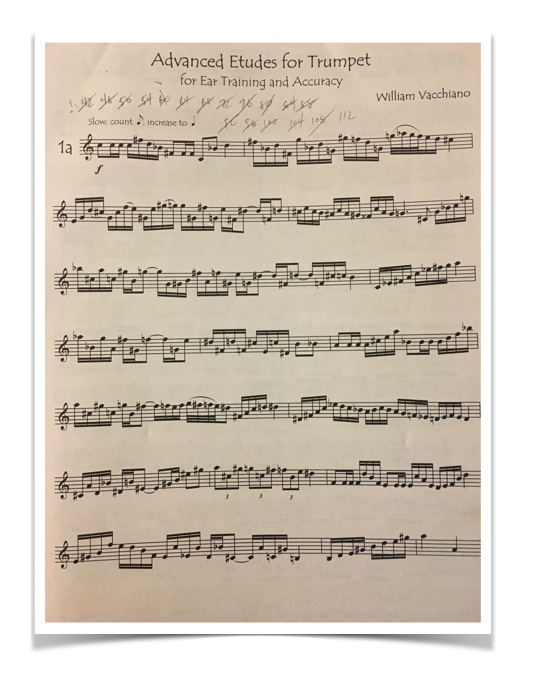- Home
- About Me
- Buy My Music
- Composer's Secret Weapon
- Links
- Contact
-
Blog
-
Articles
- Everything In Its Right Place
- a tempo vs. Tempo I
- Placing Fermatas over Whole Rests
- Introduction to Linked Parts
- Transpose Percussion Notes
- Learn As Much As You Can...
- A Place for Everything, and Everything In Its Place
- Combined Staff in Score --> Separate Parts
- Tritone and P4ths
- Large and In Charge
- JW Copy Part Layout
-
Articles
- Home
- About Me
- Buy My Music
- Composer's Secret Weapon
- Links
- Contact
-
Blog
-
Articles
- Everything In Its Right Place
- a tempo vs. Tempo I
- Placing Fermatas over Whole Rests
- Introduction to Linked Parts
- Transpose Percussion Notes
- Learn As Much As You Can...
- A Place for Everything, and Everything In Its Place
- Combined Staff in Score --> Separate Parts
- Tritone and P4ths
- Large and In Charge
- JW Copy Part Layout
-
Articles
So, there's an issue that keeps bugging me. I see it in trumpet students and also in band classes. It baffles me. Why would anyone ever do that? It seems to obviously reckless and haphazard, yet so many musicians are guilty of relying on this tactic when learning new music. By practicing this way, you are ingraining in your brain and soul and fingers and mind a beautifully expressive, technically accurate performance. And the funny thing is...although when you read this, it may seem like it's a painfully long process, you will actually learn the piece much more thoroughly and it will actually take less time. We have all had days when we spent an hour in the practice room and haven't made any progress. That does not happen when you use this approach.
0 Comments
|
Archives
April 2018
Categories
All
|


 RSS Feed
RSS Feed